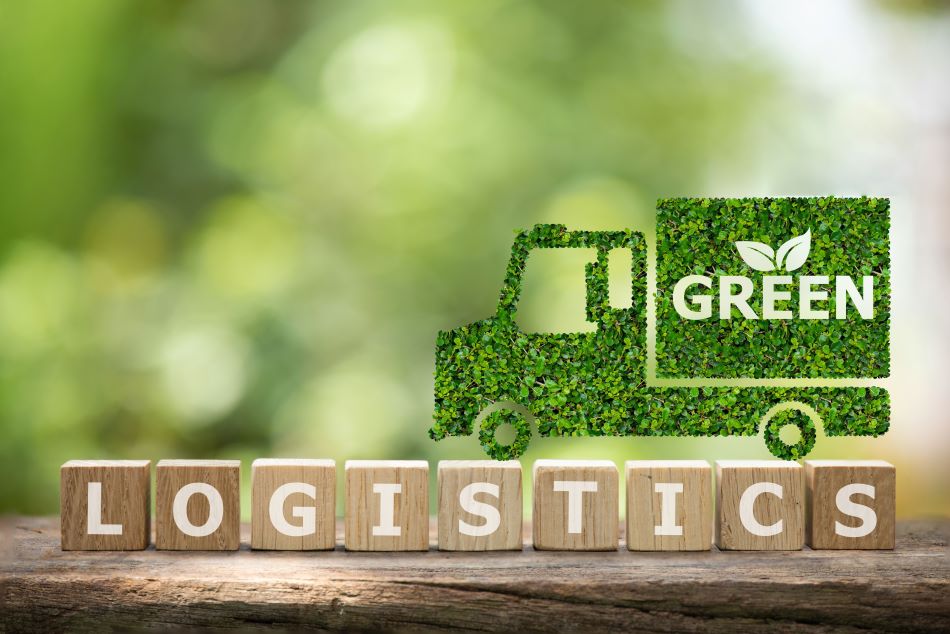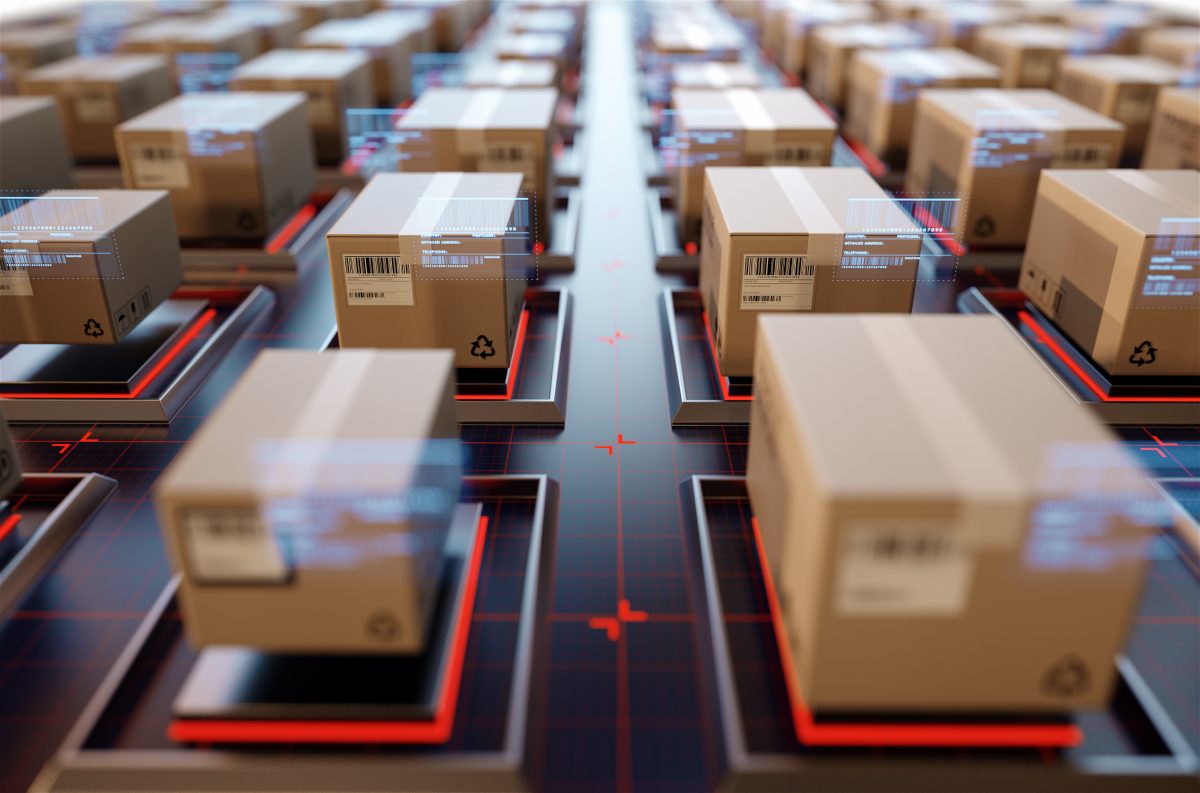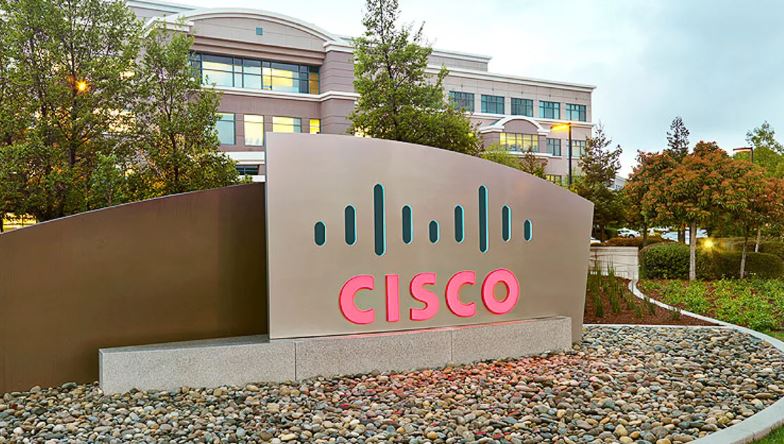Key Highlights:
- Retail & e-commerce drive growth sectors contributed over 30% of global green logistics revenue in 2024, leading the sustainability shift.
- Sustainability sells, as around 78% of consumers now consider eco-friendly packaging and delivery in their buying decisions.
- According to Grand View Research, the global green logistics market is projected to reach USD 2,347,222.4 million by 2030
- Efficient mixed e-fleet models can save logistics firms over €554 million annually by 2030, while reducing emissions.
- Companies investing early in the Green Logistics Market gain regulatory compliance and stronger brand trust.
The Green Logistics Market focuses on implementing environmentally sustainable practices across transportation and supply chain systems. This includes reducing carbon emissions, minimizing waste, and enhancing efficiency throughout the entire supply chain — from manufacturing to final delivery — ensuring that logistics operations align with global sustainability goals.
Retailers and e-commerce companies are realizing that greener logistics not only support the planet but also deliver tangible business value. By cutting cost leakages, safeguarding margins amid tightening environmental regulations, and appealing to conscious consumers, they gain both economic and brand advantages. Studies show that 80–90% of a product’s total emissions stem from its supply chain — which contributes nearly 60% of global carbon output — while a single truck running 120,000 miles annually can emit about 223 tons of CO₂.
As the logistics industry plays a crucial role in global transportation, its efforts to reduce environmental impact are certainly significant. According to Grand View Research, the global green logistics market is projected to reach USD 2,347,222.4 million by 2030, with the retail and e-commerce end-use segment accounting for a 30.8% share of the global revenue. Let’s explore how adopting greener business practices can benefit retailers, e-commerce platforms, and the planet.
Why the Green Logistics Market Matters for Retail and E-Commerce
The Green Logistics Market is transforming how retailers and e-commerce players manage transportation and supply chains. By optimizing resource use, reducing waste, and preparing for future cost pressures, companies are discovering that sustainability is a direct driver of efficiency. A 2024 EIT InnoEnergy study projected savings of over €554 million annually by 2030 through the use of mixed fleets of e-cargo bikes and e-vans, rather than relying solely on electric vans. This strategy helps lower emissions while significantly reducing maintenance and operational costs.
Packaging optimization has also become a key element in this shift. Amazon India, for instance, found that 69% of online shoppers prefer minimal packaging, prompting the company to ship 83% more orders without extra packaging since 2021. This not only trims material and shipping costs but also enhances sustainability performance across its value chain.
Customer Loyalty and Brand Advantage in the Green Logistics Market
Consumer expectations are rapidly reshaping the Green Logistics Market, as sustainability increasingly influences buying behavior. Blue Yonder’s 2024 survey revealed that 78% of consumers consider environmental sustainability when choosing retailers or products. Younger demographics, especially Millennials and Gen Z, view eco-friendly delivery, recyclable packaging, and transparency as essential brand traits.
Retailers that act on these preferences are seeing stronger brand loyalty and higher conversion rates. Many customers now willingly pay a premium for greener choices, viewing them as extensions of their own values. As sustainability becomes a competitive differentiator, companies that embrace eco-conscious logistics are strengthening both their reputation and revenue potential.

Building Resilience and Ensuring Compliance
Sustainability is also proving critical for long-term business resilience. Companies investing in electric fleets, cargo bikes, and localized fulfillment centers are better equipped to handle disruptions like fuel shortages or traffic congestion. Swiggy Instamart exemplifies this shift, operating over 1,000 AI-driven dark stores that enable faster restocking, shorter delivery routes, and reduced emissions—creating both environmental and operational benefits.
On the regulatory front, tightening emissions norms and the introduction of low-emission zones across Europe and other markets are reshaping logistics strategies. Retailers and e-tailers that proactively adapt to these policies gain early market access and avoid penalties, while those relying on internal combustion fleets risk restrictions and brand setbacks.
Business Impact: Profitability Meets Sustainability
The evolving Green Logistics Market demonstrates that sustainability and profitability are no longer opposing goals—they reinforce each other. Green logistics practices enable retailers to reduce fuel and packaging costs, enhance supply chain stability, and meet compliance standards, ultimately improving brand equity.
What began as a corporate social responsibility initiative is now a measurable profit driver. By embracing cleaner, more efficient logistics models, companies future-proof their operations, gain a loyal customer base, and align themselves with a low-carbon global economy—where every green mile directly adds business value.
The Bottom Line
The Green Logistics Market is fast becoming the new standard for modern retail and e-commerce. What once began as a sustainability checkbox has evolved into a powerful profit lever—cutting fuel and packaging costs, strengthening operational resilience, and ensuring compliance with tightening global regulations. It’s now a strategic tool that stabilizes supply chains, enhances customer loyalty, and secures long-term market access. Retailers that once competed for the fastest delivery are now racing toward the cleanest mile, proving that in today’s economy, greener logistics mean smarter growth.
















